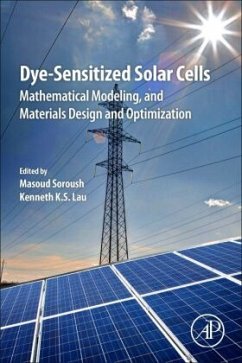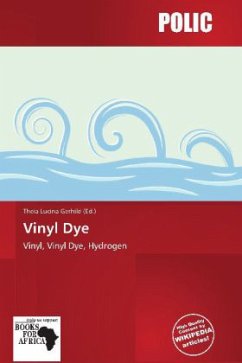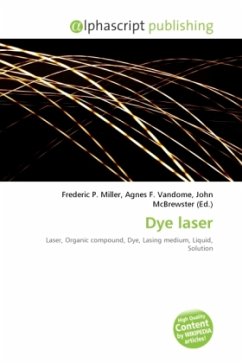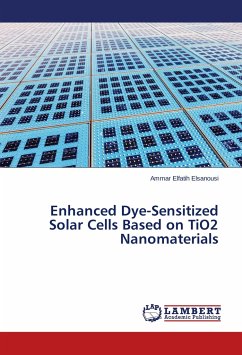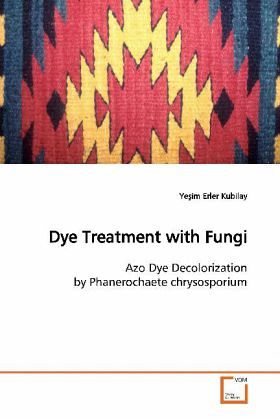
Dye Treatment with Fungi
Azo Dye Decolorization by Phanerochaete chrysosporium
Versandkostenfrei!
Versandfertig in 6-10 Tagen
45,99 €
inkl. MwSt.

PAYBACK Punkte
23 °P sammeln!
Treatment of dye wastewater from the textile industry presents a major problem and biotreatment with white rot fungi seems to be a viable option. In this study,Phanerochaete chrysosporium, a commonly used white rot fungus, was used to biodegrade an azo dye, namely Tectilon Yellow 2G. The effect of various operational parameters, e.g., dye oncentration, culture age, agitation rate and initial glucose concentration were investigated. The upper non-inhibitory TY-2G dye concentration wasfound. The optimum values for CA, agitation rate, and initial glucose concentration were determined by optimizin...
Treatment of dye wastewater from the textile
industry presents a major problem and biotreatment
with white rot fungi seems to be a viable option. In
this study,Phanerochaete chrysosporium, a commonly
used white rot fungus, was used to biodegrade an azo
dye, namely Tectilon Yellow 2G. The effect of
various operational parameters, e.g., dye
oncentration, culture age, agitation rate and
initial glucose concentration were investigated. The
upper non-inhibitory TY-2G dye concentration was
found. The optimum values for CA, agitation rate,
and initial glucose concentration were determined by
optimizing the highest biodegradation, new
metabolite formation. The maximum adsorption
capacity of P. chrysosporium was also determined and
the isotherms were plotted. As a result, P.
chrysosporium was found to be very effective in
decolorizing the selected azo dye by both
biodegradation and adsorption.
industry presents a major problem and biotreatment
with white rot fungi seems to be a viable option. In
this study,Phanerochaete chrysosporium, a commonly
used white rot fungus, was used to biodegrade an azo
dye, namely Tectilon Yellow 2G. The effect of
various operational parameters, e.g., dye
oncentration, culture age, agitation rate and
initial glucose concentration were investigated. The
upper non-inhibitory TY-2G dye concentration was
found. The optimum values for CA, agitation rate,
and initial glucose concentration were determined by
optimizing the highest biodegradation, new
metabolite formation. The maximum adsorption
capacity of P. chrysosporium was also determined and
the isotherms were plotted. As a result, P.
chrysosporium was found to be very effective in
decolorizing the selected azo dye by both
biodegradation and adsorption.




